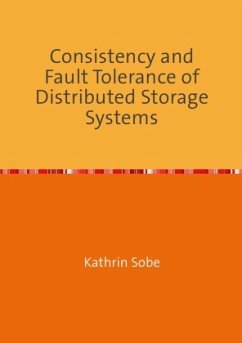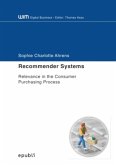Distributed data storage systems comprise a large number of network-connected resources to provide large and extendable data storage capacities. The system becomes more vulnerable to faults in any of its components as it increases in size.
This results in an increasing failure probability and risk of data loss. A commonly and widely applied fault tolerance technique is replication. A viable alternative is to use coding techniques, like Maximum Distance Separable (MDS) erasure codes that provide reliability with an optimal redundancy ratio.
In this thesis we analyse the application of erasure coding as a technique to provide redundancy for fault tolerance in distributed storage systems.
The focus is on the influence of erasure coding with varied redundancy ratios on the data storage reliability, on data access protocols that guarantee consistency with concurrent updates and failing clients or storage servers and on recovery cost in case of component faults.
This results in an increasing failure probability and risk of data loss. A commonly and widely applied fault tolerance technique is replication. A viable alternative is to use coding techniques, like Maximum Distance Separable (MDS) erasure codes that provide reliability with an optimal redundancy ratio.
In this thesis we analyse the application of erasure coding as a technique to provide redundancy for fault tolerance in distributed storage systems.
The focus is on the influence of erasure coding with varied redundancy ratios on the data storage reliability, on data access protocols that guarantee consistency with concurrent updates and failing clients or storage servers and on recovery cost in case of component faults.








